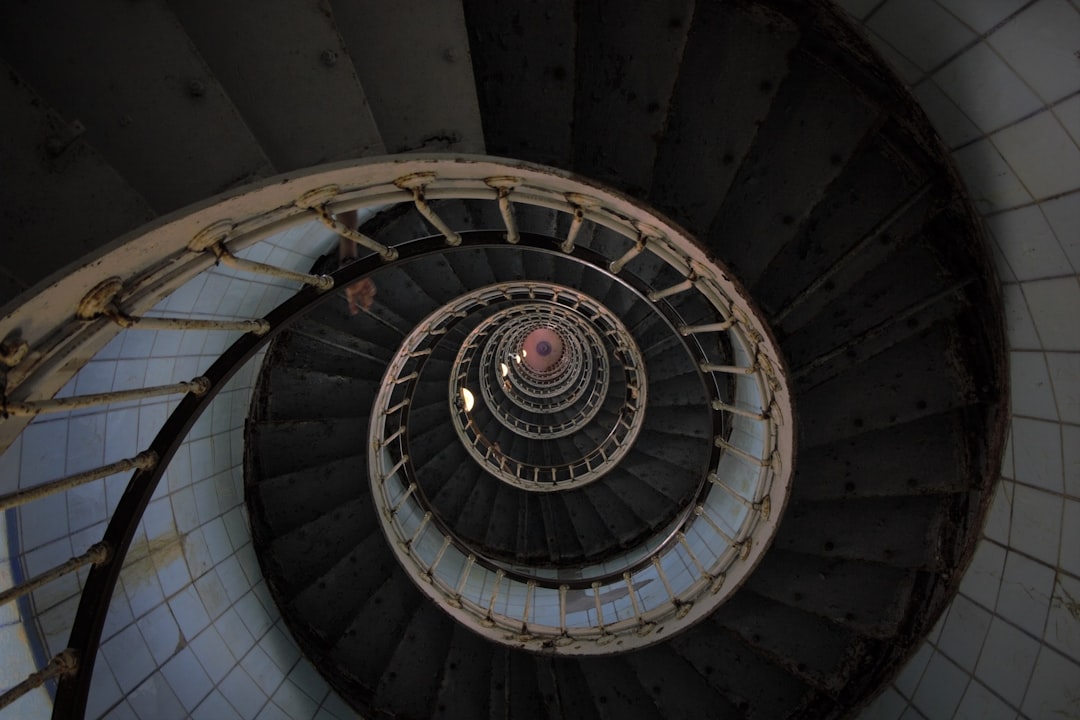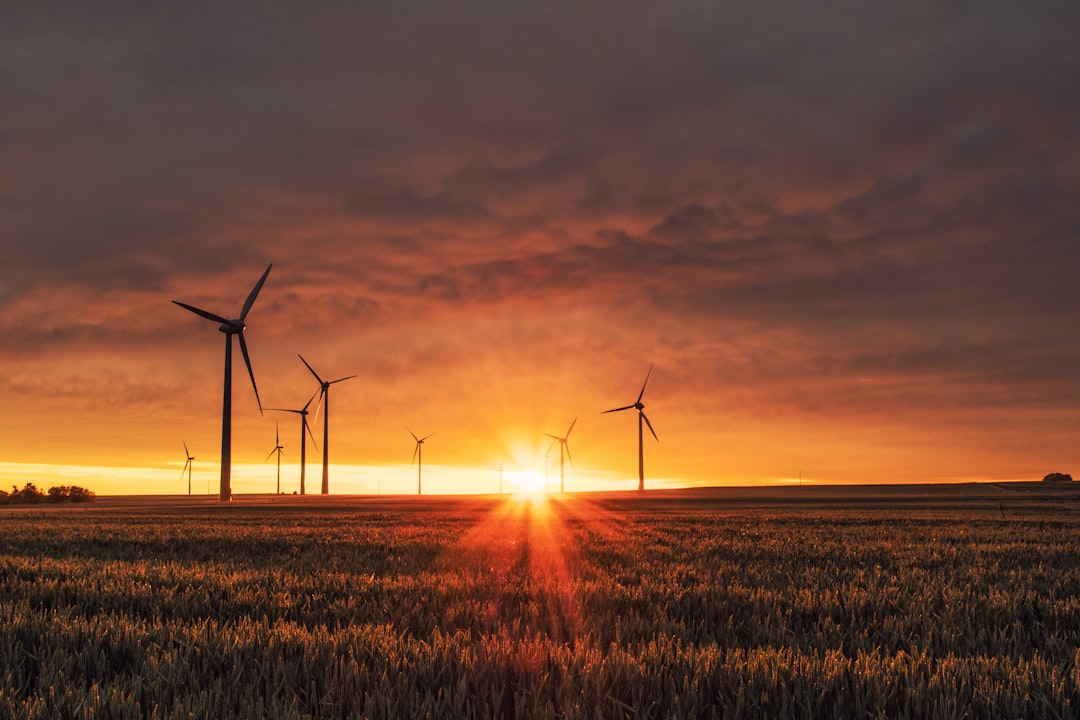What is it about?
With increasing penetrations of wind generation, there are growing implications for power system stability. Issues of concern will vary with system size, wind penetration level, geographical distribution and turbine type, network topology, electricity market structure, unit commitment procedures, and other factors. However, variable-speed wind turbines, both onshore and offshore, offer many control opportunities to either replace or enhance existing capabilities. Achieving a complete understanding of future stability issues, and ensuring the effectiveness of new measures and policies, is an iterative procedure involving portfolio development and flexibility assessment, generation cost simulations, load flow, and security analysis, in addition to the stability analysis itself, while being supported by field demonstrations and real-world model validation.
Featured Image
Why is it important?
With increasing wind penetration, the stability of the power system will be affected. At low penetration levels, the effects will be limited, and may indeed enhance system performance. However, at higher wind penetrations, and as conventional (synchronous) generators are displaced, and offshore DC grids emerge, the nature of the power system will change from being largely synchronous to asynchronous. Stability issues are most likely to be seen first during low demand (and high wind) periods, but the nature of the stability challenge, i.e., frequency, voltage, transient, or small signal stability, will depend on the underlying characteristics of the system. In the future, wind generation may well play a greater role in providing ancillary services to enhance wind energy value, while also reducing the technical (including dynamic) risks of operating power systems with a reduced share of dispatchable and synchronous energy sources. Several of these services, e.g., voltage control, fault ride through (FRT), and frequency support, have been available from wind plants for years. A number of TSOs have requested certain functionality to be incorporated as a future feature, e.g. emulated inertia, power oscillation damping. Key questions remain to be addressed for wide-scale (commercial) adoption of such capabilities: is provision truly available when needed by the power system—how much and how fast and for how long—and can they be efficiently traded? Numerous efforts are underway around the world to better understand and address these issues.
Perspectives
It is increasingly clear for many power systems across the world that while large-scale wind integration can present system stability challenges (in addition to existing market-related, environmental-related, and other challenges), technical solutions, and commercial opportunities are eminently available, and the limits for further wind expansion aims remain to be reached.
Damian Flynn
University College Dublin
Read the Original
This page is a summary of: Technical impacts of high penetration levels of wind power on power system stability, Wiley Interdisciplinary Reviews Energy and Environment, June 2016, Wiley,
DOI: 10.1002/wene.216.
You can read the full text:
Contributors
The following have contributed to this page










